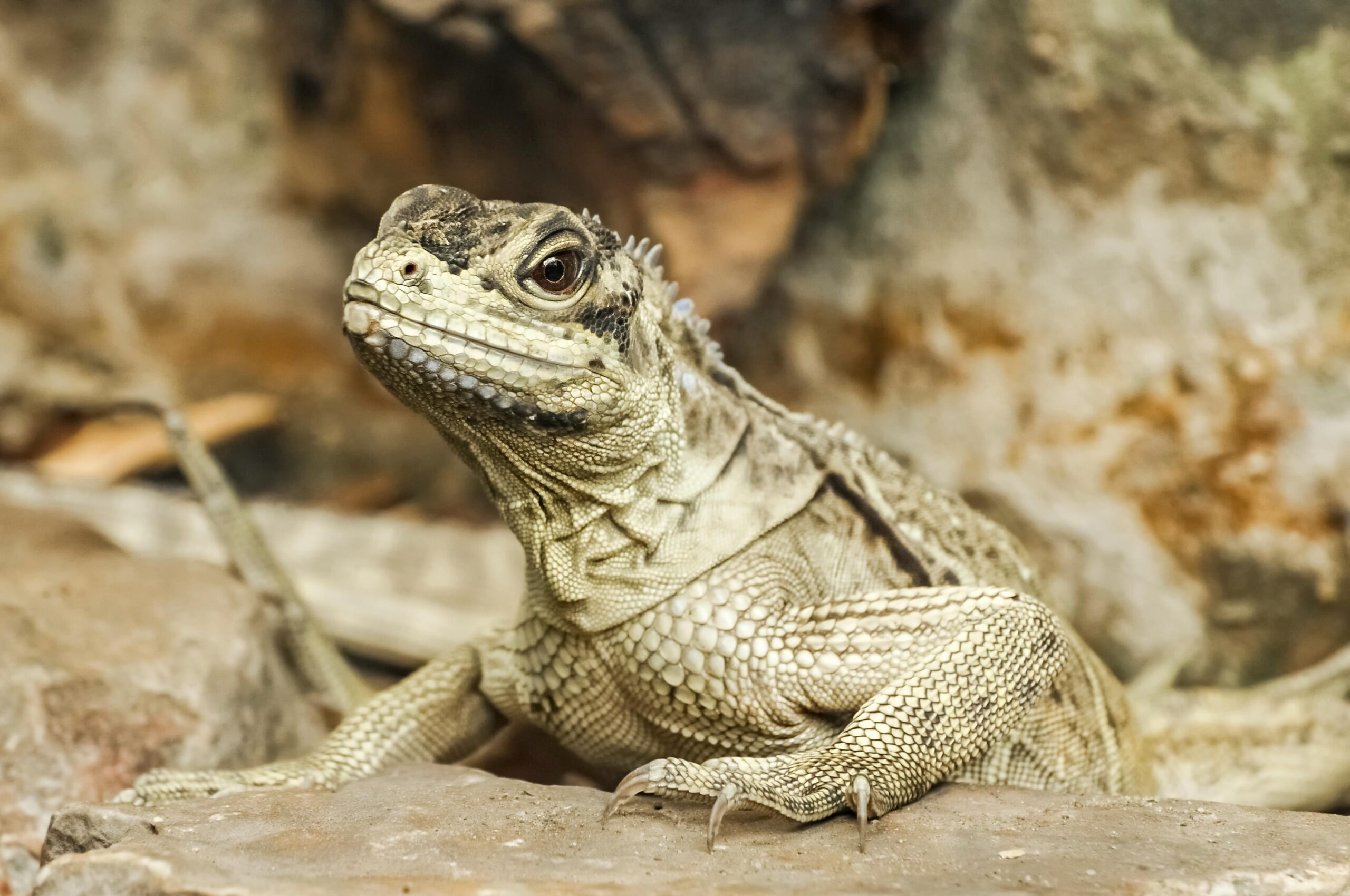Because even the quirkiest pets need a clean, safe place to call home.
You know what’s wildly underrated in the exotic pet world? Habitat maintenance. Everyone talks about the excitement of bringing home a sugar glider or the thrill of bonding with a talking parrot—but the not-so-glamorous part? The scrubbing, disinfecting, and daily upkeep it takes to make sure your exotic buddy stays happy, healthy, and, well… not stinky.
Whether you’re the proud parent of a hedgehog, a chinchilla, or something as niche as a wallaby or a tenrec, the truth is this: caring for exotic pets starts with where they live. A poorly kept habitat doesn’t just smell weird—it can mess with your pet’s mood, behavior, and even their long-term health.
So, let’s talk about how to keep your exotic pet’s space clean, comfy, and as drama-free as possible (no judgment if you’ve ever been ambushed by a rogue gecko on cleaning day).
The Basics: Why Habitat Cleanliness Is a Big Deal
You might think, “Okay, I clean the cage once a week—what’s the big deal?” But for many exotic animals, their environment isn’t just their home—it’s also their gym, pantry, and bathroom. When the space gets funky, things can go south fast.
Here’s why cleaning matters more than you might think:
- Prevents illness: Exotic animals are sensitive. Dirty habitats can harbor mold, bacteria, or parasites that seriously affect their health.
- Affects behavior: Bad smells or buildup of waste can stress animals out—leading to aggression, hiding, or obsessive behaviors.
- Supports natural instincts: A fresh, enriched space lets pets explore, forage, and behave naturally.
And if you’ve ever seen a sad parrot or an irritable hedgehog, you know they don’t hold back when they’re uncomfortable.
Know Thy Critter: Cleaning Schedules Vary by Species
Not all exotic animals are created equal when it comes to messiness. Some, like reptiles, barely make a mess at all. Others (looking at you, ferrets) seem to have made it their mission to redecorate with poop.
Here’s a rough idea of how often you should be tidying up:
- Daily Spot Cleaning: Remove uneaten food, replace soiled bedding, wipe messes
- Weekly Deep Clean: Change all bedding, clean all surfaces, wash accessories
- Monthly Reset: Disinfect the enclosure, check for wear and tear, rotate enrichment items
And if you’re housing multiple animals? Double it. Triple it. Multiply accordingly. Trust me—two sugar gliders can produce the mess of five.
Pro Tips for Cage Cleaning Without the Chaos
Cleaning your pet’s habitat doesn’t have to feel like a war zone. With a little rhythm and the right tools, it becomes second nature.
1. Pick the Right Cleaning Products
Don’t grab the bleach just yet. Many household cleaners are too harsh for exotic pets and can cause respiratory or skin issues.
Look for:
- Pet-safe enzyme cleaners
- Diluted white vinegar (1:1 with water)
- Unscented dish soap
Avoid anything with strong perfumes or chemicals, especially if your pet is sensitive (which most of them are).
2. Have a “Cleaning Day” Kit Ready
Make a grab-and-go kit so you’re not running around looking for gloves or wondering where the heck the scrub brush went.
Your kit might include:
- Microfiber cloths
- Soft bristle brush
- Spray bottle with cleaner
- Replacement bedding
- Treats (yes, bribes help)
3. Rotate Accessories and Enrichment Items
This isn’t just about cleaning—switching up their environment is a major part of exotic pet enrichment. That hanging chew toy? Swap it for a puzzle feeder. That log tunnel? Turn it upside down and hide snacks inside.
Keeping things fresh prevents boredom and supports mental well-being, especially for clever species like parrots or raccoons.
Habitat Design Matters, Too
Sometimes, the best cleaning strategy is prevention. If your pet’s habitat was a last-minute DIY with too many cloth parts or tricky corners, cleaning becomes a nightmare.
Here are some smarter housing ideas:
- Use washable flooring (vinyl liners, plastic trays)
- Avoid porous materials (wood absorbs odors and bacteria fast)
- Add removable shelves or platforms for easy scrubbing
- Install pull-out trays under cages for waste
Pinterest might love the rustic wooden setups, but trust me: in real life, exotic pet housing ideas should lean practical first, aesthetic second.
Let’s Talk Poop (Because We Have To)
Monitoring your exotic pet’s poop is a weird-but-vital part of health care. During cleaning, check for:
- Changes in color or consistency
- Signs of parasites (yep, gross, but important)
- Reduced waste (could mean a dietary or hydration issue)
Speaking of which…
Diet and Hygiene Go Hand in Hand
Believe it or not, exotic pet diets play a massive role in how dirty (or smelly) their habitats get. Feeding your pet the wrong foods—or overfeeding—can lead to messier cages and health issues.
Here’s what to watch for:
- Overripe fruits rot fast and attract bugs
- Wet foods can mildew bedding or hide under logs
- Unbalanced diets can lead to soft or smelly stools
Learning how to feed exotic animals properly isn’t just about nutrition—it’s about keeping things clean. Talk to exotic pet vets or exotic animal trainers about the best food and feeding setups for your species.
Handling Your Pet During Clean-Up
Some pets are chill with you cleaning around them. Others act like you’ve insulted their entire bloodline.
If you’re training exotic pets, cleaning time can double as a bonding moment—or a learning opportunity.
- Use positive reinforcement (treats, soothing voice)
- Gently place your pet in a temporary playpen or travel carrier
- Talk to them while you work—it helps reduce anxiety
For animals that spook easily, cleaning might require another person to help monitor or distract them. A calm pet is safer—for both of you.
Grooming and Cleanliness Go Together
Cleaning the cage is half the battle. The other half? Your pet itself.
Regular pet grooming for exotic animals is essential. Think:
- Chinchilla dust baths
- Hedgehog nail trimming
- Bird beak and claw maintenance
- Ferret ear cleaning
A clean pet in a clean habitat? That’s the dream.
Safety First, Always
Finally, let’s not forget safety. A lot of new exotic pet owners skip over this part in the excitement.
Here are some non-negotiables:
- Check heating elements (like reptile lamps) for wear and secure placement
- Secure enclosures to prevent escapes during cleaning
- Keep cleaning supplies out of reach (especially sprays or cloths)
- Avoid cross-contamination if you own multiple species
And hey, accidents happen. That’s why it’s smart to have a list of exotic pet safety tips handy—just in case.
Closing Thoughts: Clean Habitat, Happy Pet, Sane You
Cleaning and maintaining your exotic pet’s habitat might not be glamorous, but it’s the heartbeat of exotic pet care. It’s where health, happiness, and bonding all begin. And sure, sometimes it feels like you’re running a miniature zoo in your living room—but honestly? That’s kind of the fun of it.
So whether you’re deep in the world of training exotic pets, researching exotic pet accessories, or just trying to figure out why your sugar glider flung their food into the corner again, remember: a clean habitat is more than a chore—it’s an act of care.
Your pet deserves it. And frankly, so do you.
Need advice tailored to your animal? Whether you’re deep in the forums with fellow exotic pet owners or working with exotic animal trainers, always keep learning. Because when you know better, you clean smarter—and everyone wins.





